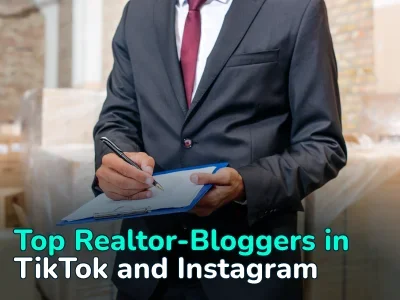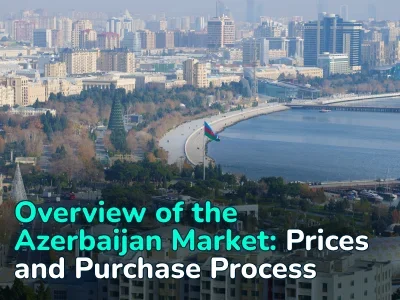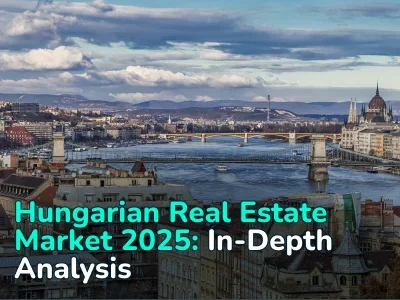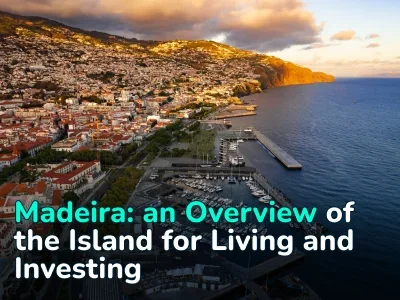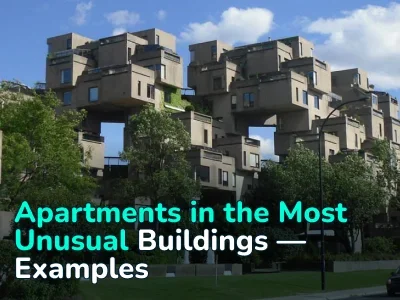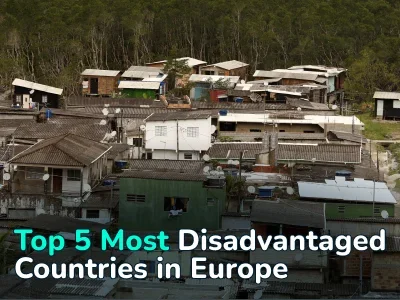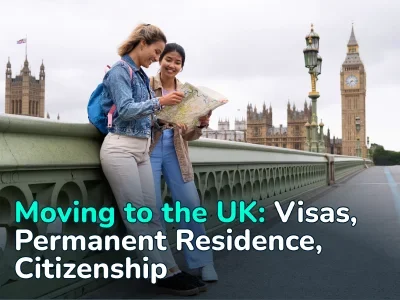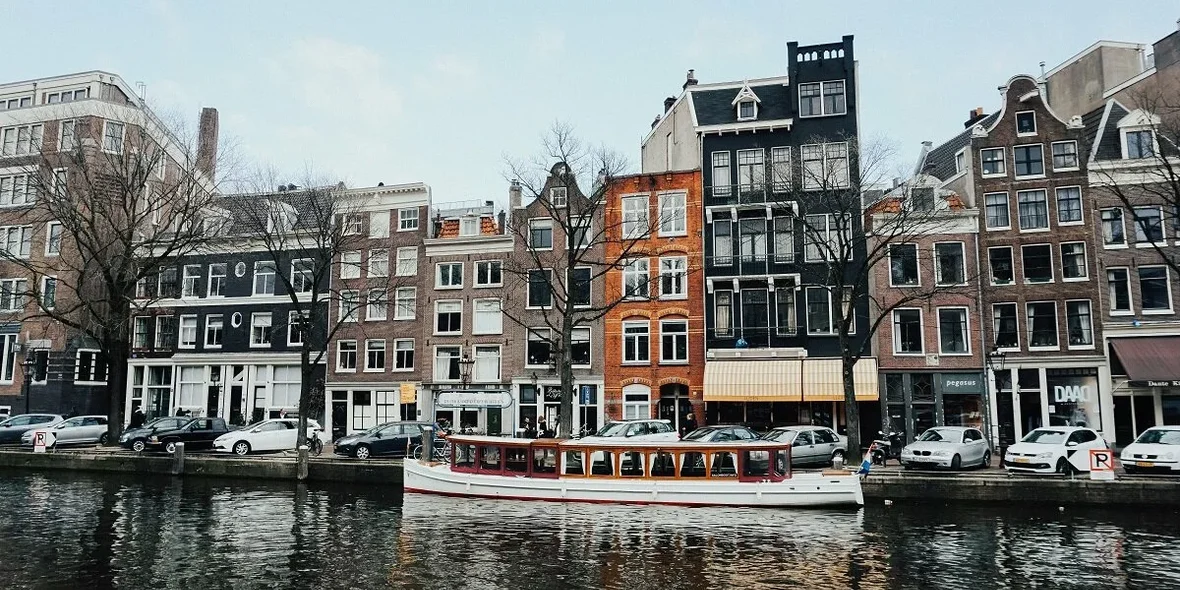
«We had a KIA car in Belarus, now we have two Gazelle bicycles.» The story of the extreme relocation of two Belarusians and their dog Julia to Holland
On June 12, 2021, 2 Belarusians and their dog finally made it to the land of tulips. The road was long and stressful, full of worries and nervousness, but, according to the protagonist of our article, it was absolutely worth it. So, a Belarusian man named M., his wife, T., and a Giant Schnauzer dog by the name of Julia moved to live in Holland. M. will tell the readers of Realting.com about all the nuances of their move, what difficulties they faced and how Holland differs from other countries in terms of relocation.
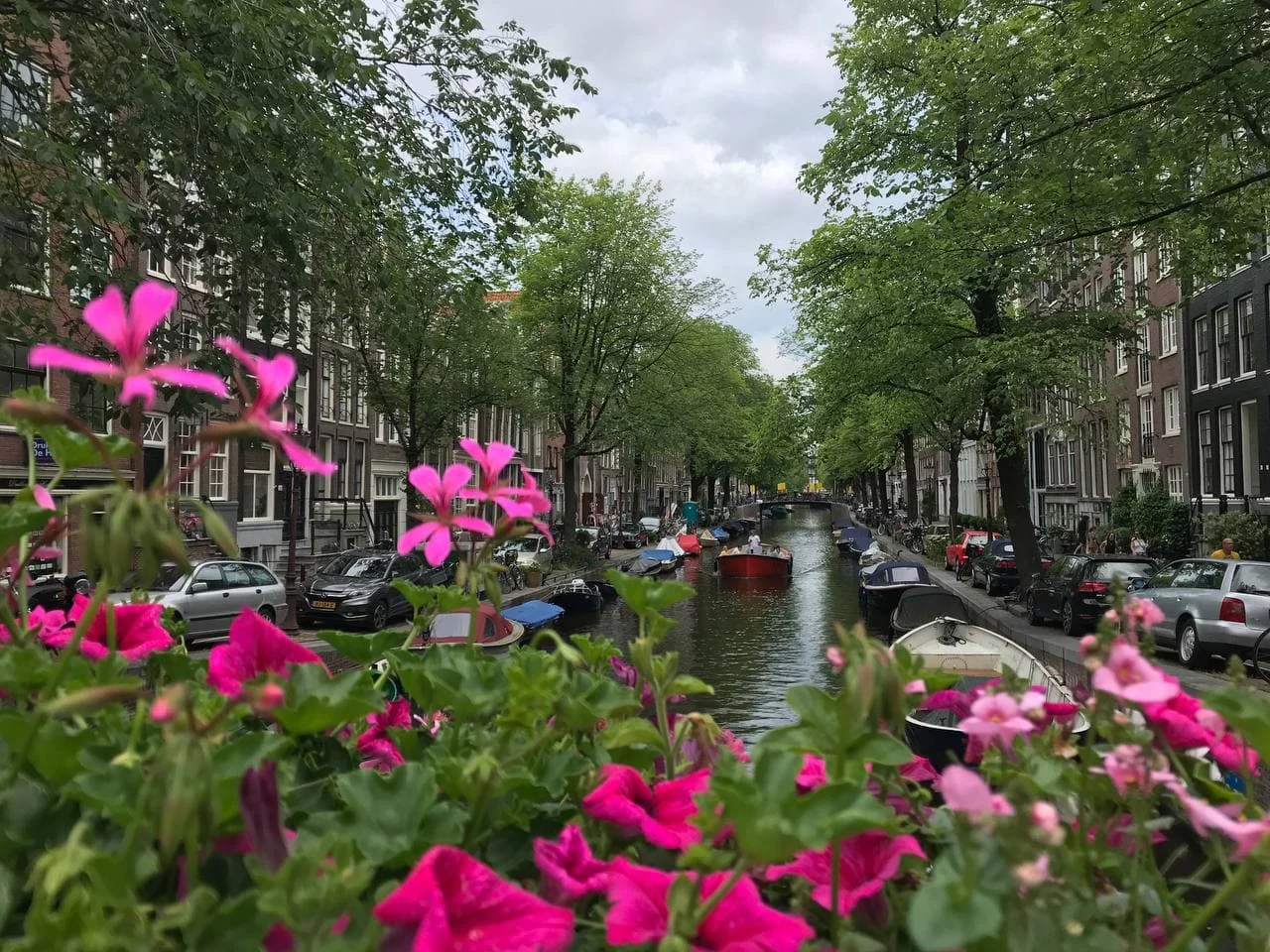
Part 1: Preparation for departure and flights
The story of the move began in the spring of 2021. It was then that we accepted an invitation to relocate to Holland from my wife’s employer. What did we begin from? Of course, the first thing was a complete medical examination for me and my wife, and even our dog, Julia. Then I found out that you need to get your teeth treated from childhood: my seemingly endless visits to the dentist began. In the meanwhile, of course, we packed our things and planned our life in a different country. We looked for housing in Amsterdam on Realting.com, by the way.
Once we resolved all our health issues, obtained all necessary certificates, and sold all superfluous stuff, we began to plan how to leave. At the time, our options were as follows:
- by plane through Kiev;
- by plane through Moscow;
- on a direct flight to Amsterdam (this option was swept away immediately. Thanks to our dog for being so big and not fitting on the plane that does that flight);
- by land (this is a very attractive option, but, unfortunately, unrealizable, because only T. had a contract for work and, according to the official version of reality, I have been a parasite for some time now lately).
As a result, we chose Kiev as the cheapest and most convenient flight option. And then the most interesting part began. To transport a dog, you need to make a request to the airport for transportation. You cannot do this via the Internet, you need to go to the airline ticket office. You get an answer over the next 24 hours. After receiving a positive answer, you need to go to the box office a second time to pay for the tickets.
Moving on. To fly out of Belarus, you need to pass a PCR test. We signed up for tests and began to wait for Day D. But moment D crept up unexpectedly, and not at all like we were hoping. Within a few days after the Ryanair incident, air travel was closed off to almost all countries except Russia, Ukraine and a small bunch of others. And 3 days before our departure, Ukraine also closed it. Our emotions were difficult to describe in words at that moment.
We started all over again. There was only one departure option — via Moscow. At that time, plane tickets were already twice as expensive. The tickets from Minsk to Moscow for my wife and me cost $650, adding 150 euros for our dog. From Moscow to Holland, our tickets cost us about $600, and the «dog fee» was about 300 euros.
We went through the procedure of the application for the dog’s transportation and our repeated trips to the box office once again. But a new problem came up with our PCR test: the QR code with the test results had to be loaded into the Russian application «I travel without covid». Not all clinics in Minsk provided that service back then, but we still found an option and signed up there. And 2 days before the test we got an SMS from this clinic: they announced the laboratory was closed, no need to thank them.
We, of course, immediately started looking for other options, but every clinic was all booked up for weeks in advance. There was only one option — to go to Pinsk or Vitebsk on Saturday. I don’t want to spent too much time describing the test, itself, so I will simply say that we got our results.
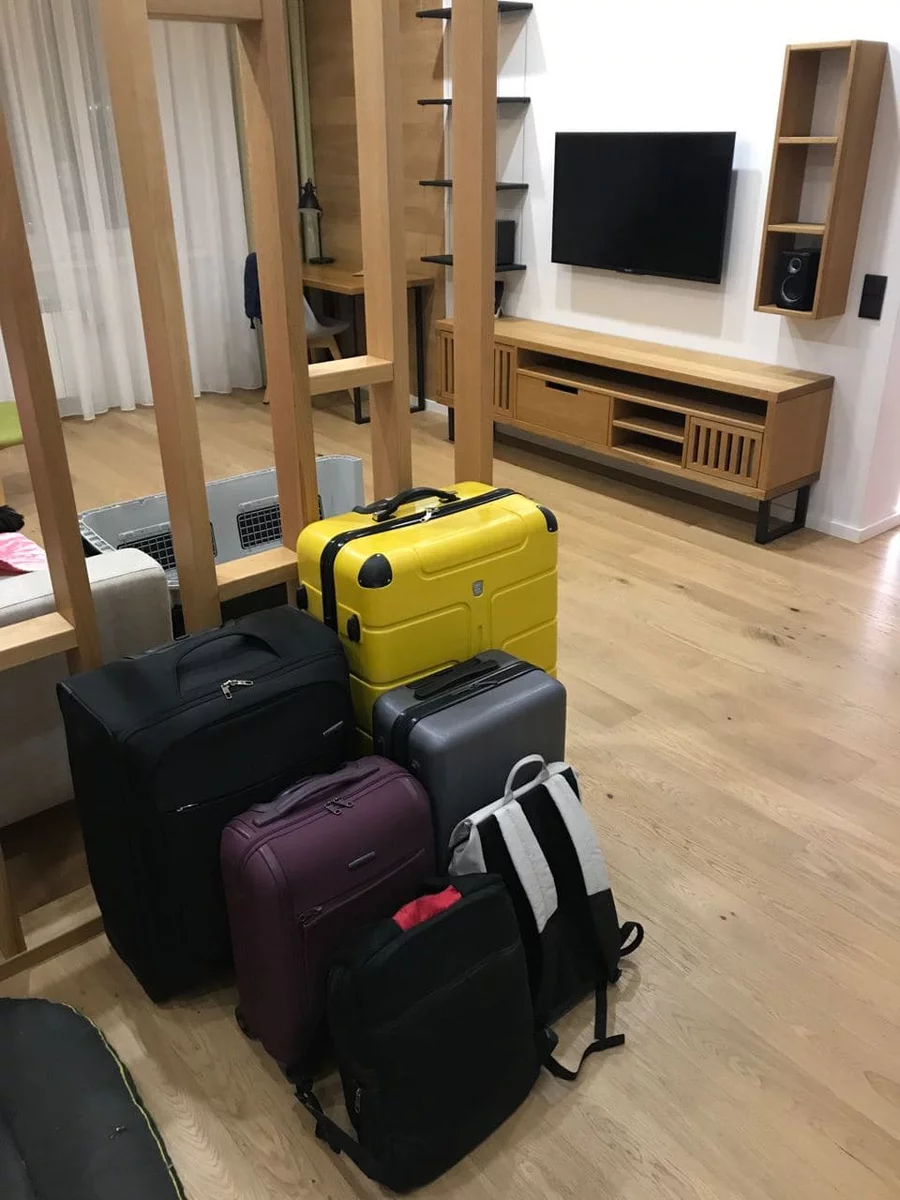
By the time of departure, we were already extremely worn out by the service level and the events that had occurred. Everything was normal and clear at the airport in Minsk. There were no problems with the dog either: she was put in a cage, they tracked that the cage was loaded onto the plane. We flew to Moscow without any problems, the dog got out of the plane safe and sound. However, we faced difficulties in navigating the Moscow airport — no one knows who is supposed to go where. In short, a female employee of the airport is standing in the aisle and yelling: «You, I guess, to the left, you go to the right, and where are you going???» Let me remind you that we are in the 21st century. But somehow we figured it out, packed our suitcases, the dog, the cage, and ourselves into a taxi and went to the apartment we rented in Moscow in order to sit out the mandatory quarantine and sort out our documents.
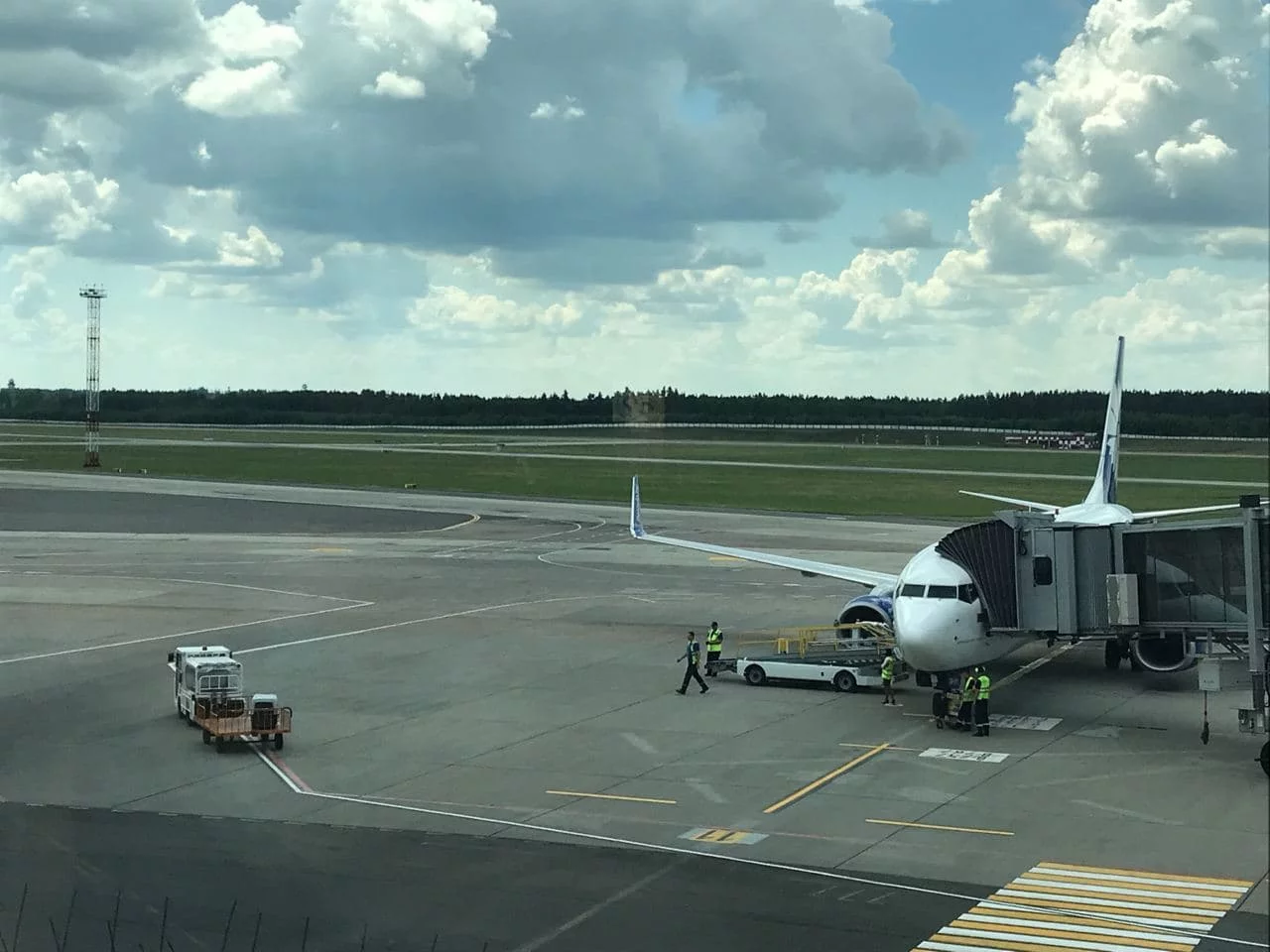
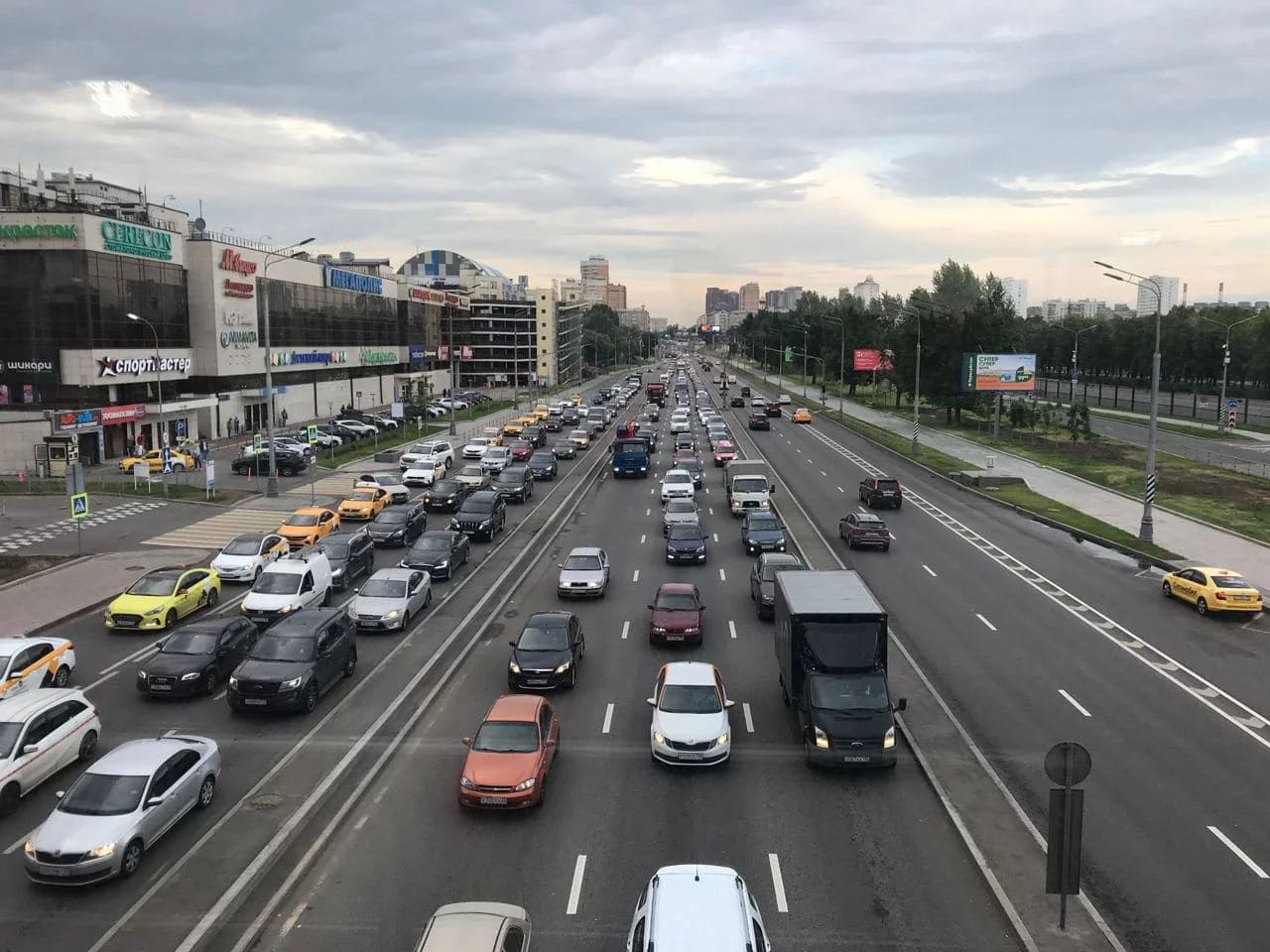
Part 2. About karma and a gift from our dog
We rented an apartment in Moscow for $60 per day. We had to hand in our documents to the embassy to apply for a visa, wait, pick up the visa and fly to Amsterdam as soon as possible. Our documents were accepted and we received a visa the next day. Great, now on to flying. In order to fly, we needed to buy tickets for ourselves and our dog. Guess what happened next? That’s right, the dog needs to buy its ticket at the box office — it’s not possible do to it online. We go to the box office of Russian airlines, and there were two working box offices out of fifteen and about 10 people in the queue. Long story short, after 1.5 hours we got to an airport employee who made a booking for us and filled in the request to transport our dog. But the only way to find out whether or not the transportation of the dog has been confirmed is through the call center.
The next day we call the call center. By mobile phone, in roaming. Approximate waiting time is 20 minutes. I finally get an answer, I start giving out the details about the dog, the flight number, etc. In the middle of the conversation, the call ends. And it was back to square one and calling again. I called — the waiting time is already 30 minutes. After 35 minutes, someone answered at the other end, and everything began anew. And in the middle of the conversation, the call was interrupted again. But this time she was lucky: the call center employee called us back herself, saying that the application was completed incorrectly and our dog is probably not a Labrador and the application needs to be completed again. I will also skip the descriptions of some of the processes, but after one more day we were finally able to formalize our dog and redeem our plane tickets. But there was more to this.
In order for a dog to be released from Russia and admitted to Europe, it is necessary to obtain a dog document in Russia — an A1 form. And, at the airport, exchange it for an EU form for the dog to be allowed in. To get the A1 form (and they give it out in the veterinary clinic), the dog needs to undergo a complete medical check-up. It took a long time to obtain the form, but in the end it was sent electronically to the airport and we were told that all the data would already be there.
On the last evening before our departure, the dog gave us a present: she rolled in a pile of rotten fish in the park. Rotten fish smells worse than even the most wicked imagination can fathom. I spent two hours washing her: first with dog shampoo, then with human shampoo, then with everything that was at hand — but Julia stank wildly all the same.
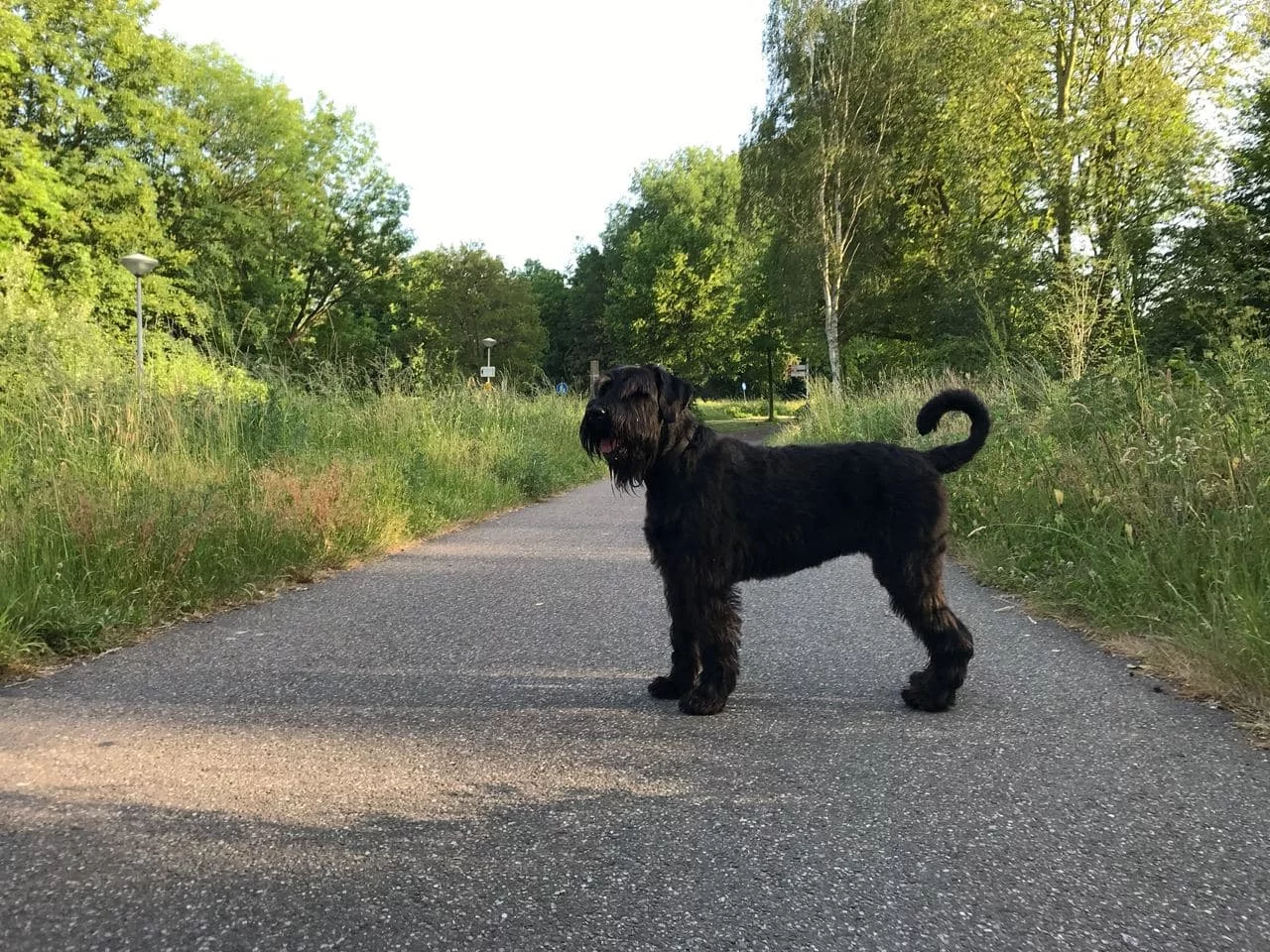
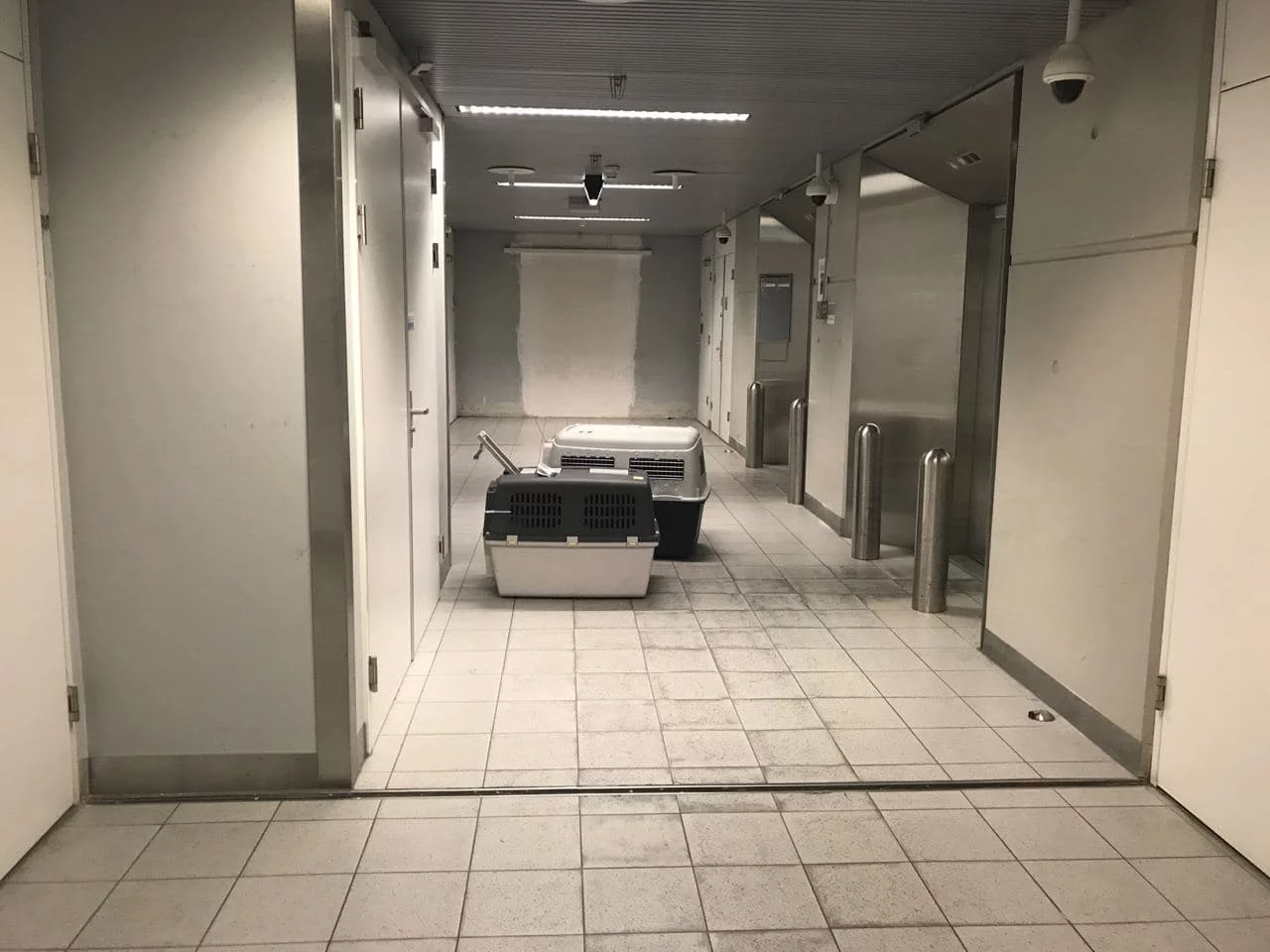
The day of departure had come. We left for Sheremetyevo 5 hours before departure, and got to the airport about 50 minutes later. We had to act quickly and to the point. The first thing on our checklist was to pay for the dog. The cashier, by the way, was very surprised at the cost of registering a dog (about 300 euros) and even asked why we needed it at all. It took 1.5 hours at the airport vet control to change the A1 form to a European-style form. After receiving it, we went to the check-in counters, and I will not even tell you how the next 2.5 hours of our time passed in order to avoid swearing. But I can only say that we ran into the plane in a pretty shabby shape, almost the last ones in.
There is nothing special to tell about how we were met at Schiphol airport. At the passport control they asked why we had come, checked all the documents — and that was it, come on in. This is how we got to our place of residence for the next 2 years, at least.
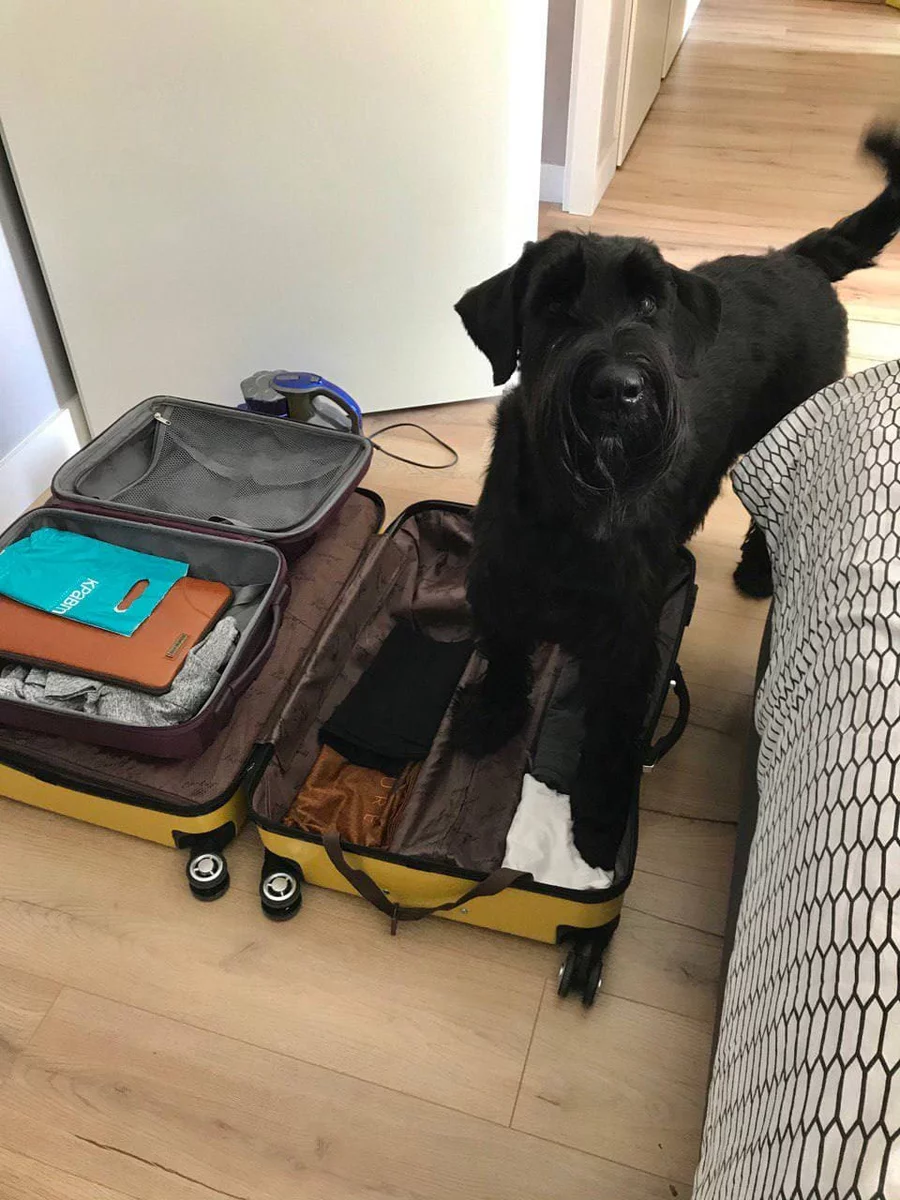
Part 3. Our first impressions of Holland
Upon arrival in Holland, we had to sit in quarantine for 10 days, or pass a PCR test on the fifth day and, if it was negative, we could «go out in public». We chose the option with the PCR test.
At first we rented an apartment in a small modern area practically on the outskirts of Amsterdam. It’s a small block about 3 minutes from the metro. All houses here are of low height: from 4 to 6 floors. Renting our apartment cost about 1,800 euros per month, including communal services.
Some features of the housing immediately caught my eye:
- Each apartment has 2 balconies: one looking out to the patio and the other, to the street. The balconies are large enough to fit a table and a few chairs, making them a great place to have breakfast or just relax.
- Above all the windows there is supply ventilation with the ability to regulate the volume of supplied air.
- There is a window above the interior doors. What for? We came to the conclusion that it was to save money, because during the daytime the light in the bathroom or toilet can be turned off — there is enough lighting through the window. By the way, the light switches are all inside the rooms, and not outside, like they are in Belarus.
- The apartments have an air recuperation system by default.
- Sidewalks, roads, stairs, etc. I don’t even want to talk about them, everything is made to last and for the people — thoughtfully and beautifully.
- Garbage bins on the street are hidden under the ground, and only collection points stick out from above. When garbage needs to be loaded, a car with a small crane comes, lifts the entire tank out of the ground, dumps it into its body and puts it back. No garbage, no stench, no fenced-in trash cans.
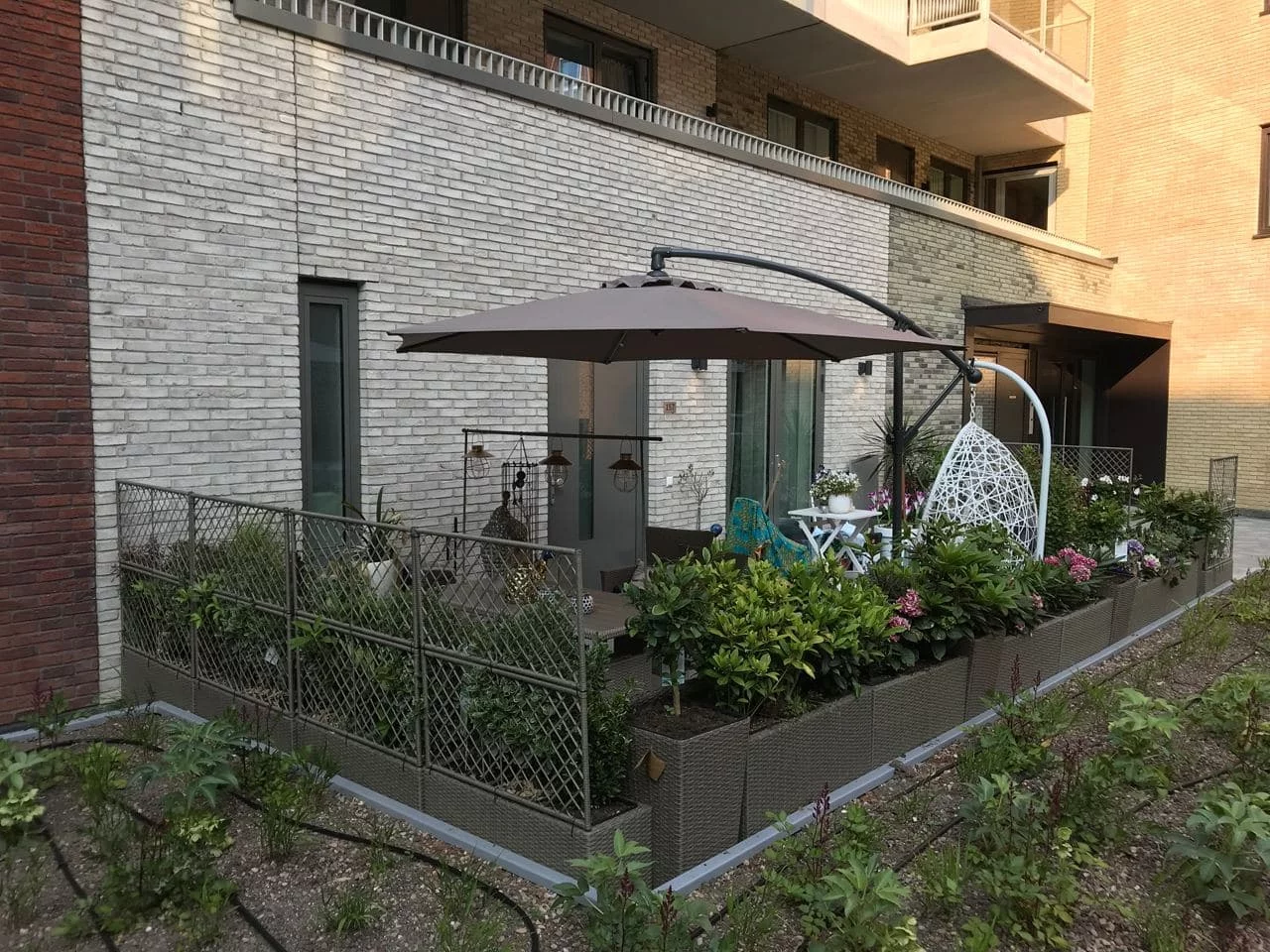
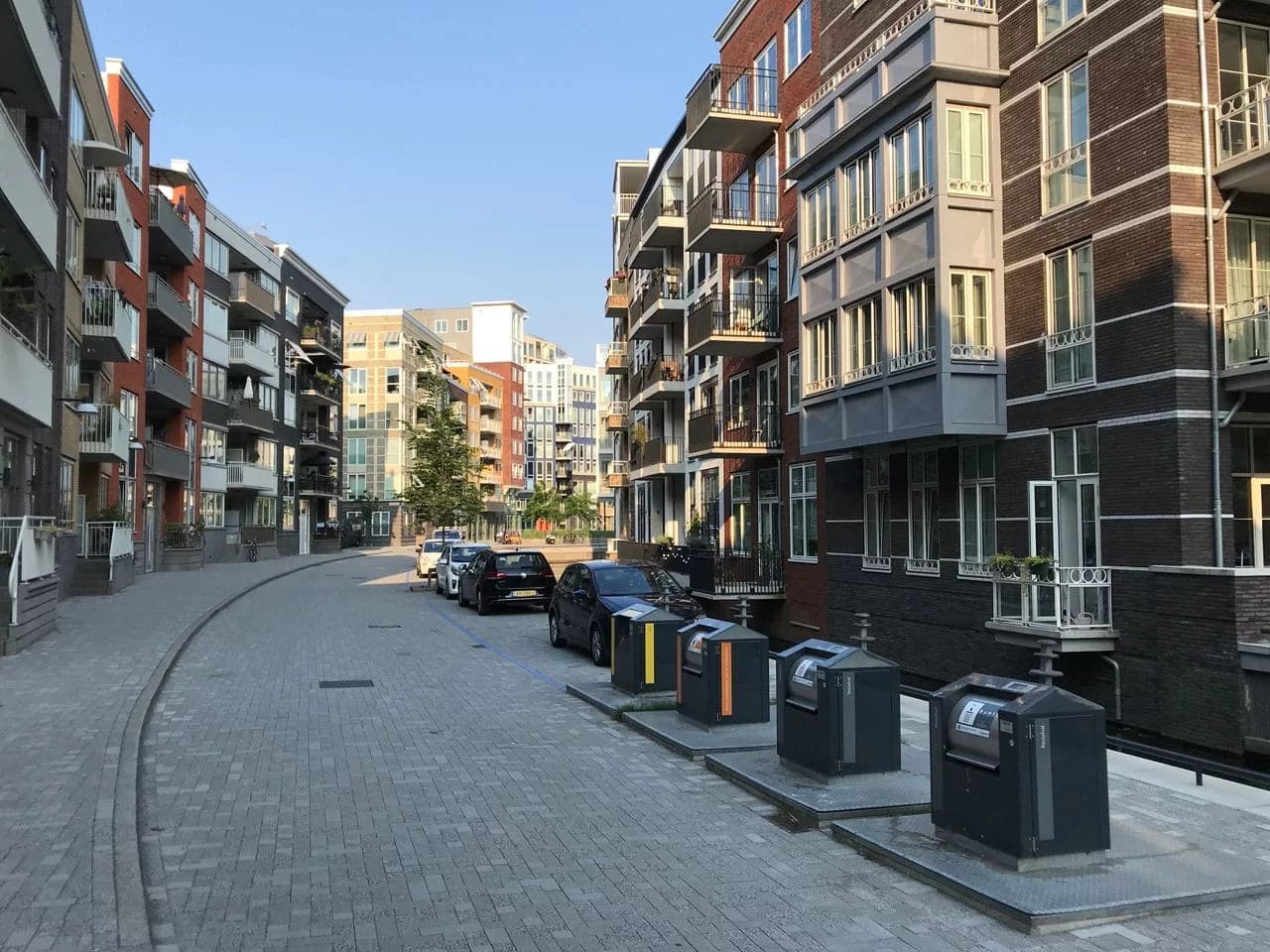
The choice of our place of residence was largely based on us having a dog — there should be parks and dog walking areas within walking distance. Parks in the Netherlands are divided into those where you cannot take dogs at all, those where they are allowed only on a leash, and those where you can take them without a leash. The beginning and end of each zone is indicated by a special sign on a post. «Dog Paradise» was about 10 minutes walk from our house. The surfaces and distances are such that in the evening we usually walked for two hours or even longer.
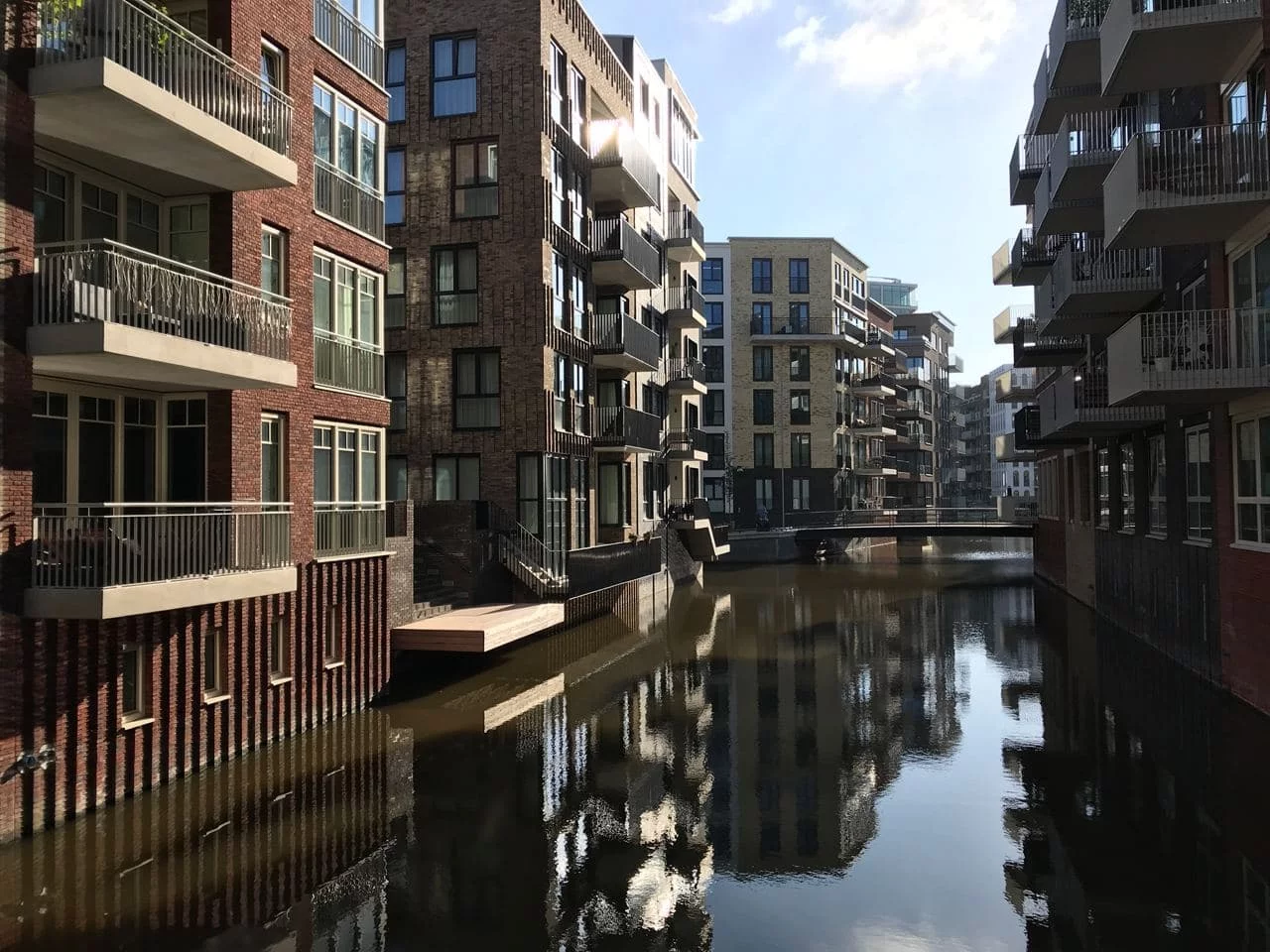
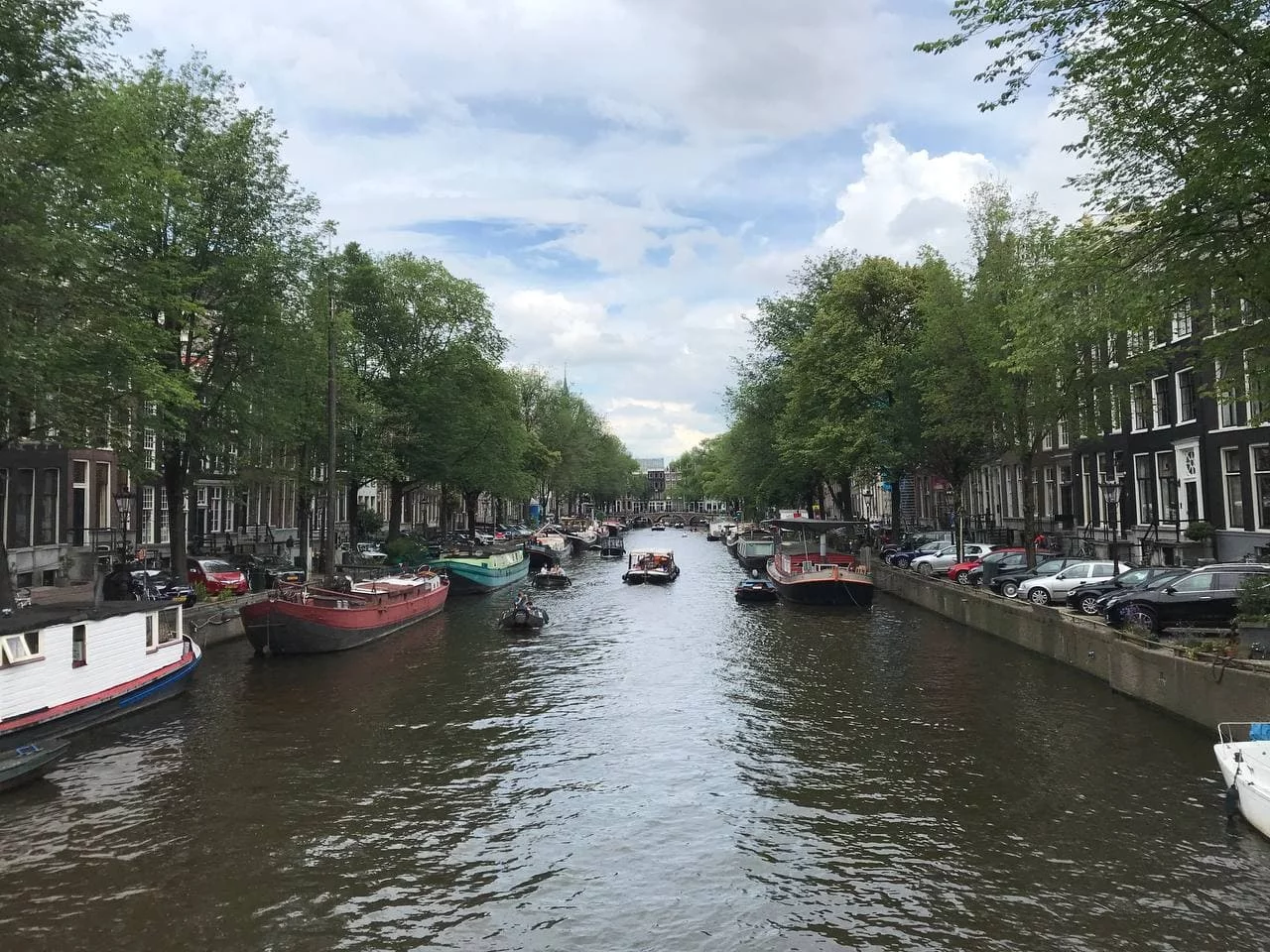
We quickly got used to smelling marijuana sometimes while walking around. There are many very beautiful parks with many dogs, geese, people and cyclists. There are a lot of Tesla cars here. As for real inner freedom, one image comes to mind: an elderly woman on a wheelchair walking her dog.
Part 4. We lost our passports!
At some point, it became clear that we needed to go to the bank to open a local account. For this, of course, passports are needed. After an hour of unsuccessful searches in our two-room apartment, it became apparent that a problem had arisen. Have you ever lost your passport? It’s all right if you’re at home, but in a foreign country, with a residence permit that’s good for 3 months, without employment and permanent housing?
We «rummaged» everything humanly possible. We had seen our passports for the last time a couple of days before, when we went to take our COVID test. After that we went to Amsterdam with our passports in a backpack, and also to Zaandam. And then once again to Amsterdam, and through the forests, and through the fields with our dog. There were, of course, tears, and hysteria, and thoughts about deportation. Then there are 5 stages of accepting this all: denial, anger, despair, reconciliation and acceptance.
Then we went to Polition Station and here you need to understand that the Netherlands is a country of appointments. An officer at the police station found out what was wrong with us, and then explained that the next free time slot for us would be on Wednesday morning (this was about 4 days later). We had no choice, so we agreed. On the way home we went to the local lost and found office, but, naturally, our passports were not there.
Then we split up, I went to the police station directly in Diemen — the area where we lived (before that we had gone to one that was closer to the city center). I was seen at another police station well: at the entrance there were bags of tea, coffee, boiling water. They also gave me a link to the lost property website — right there you can see a catalog of found things with pictures and descriptions. Our passports, of course, were not there. Well, I went home with nothing. I decided to re-register everything at home for the last time: bedside tables, wardrobes, clothes. When swinging our windbreakers from hanger to hanger, I saw an envelope with our passports fall out of the hood of one of them.
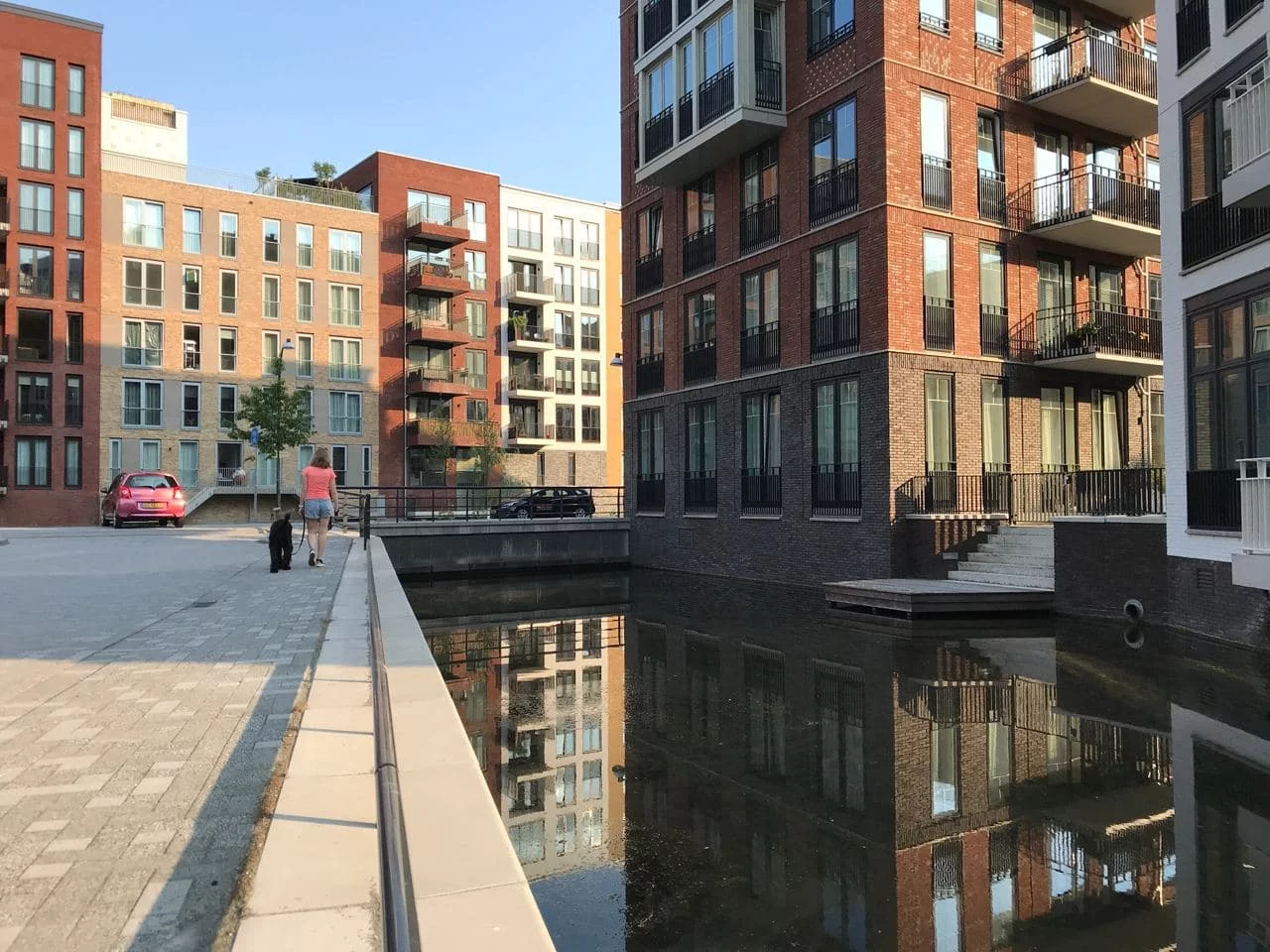
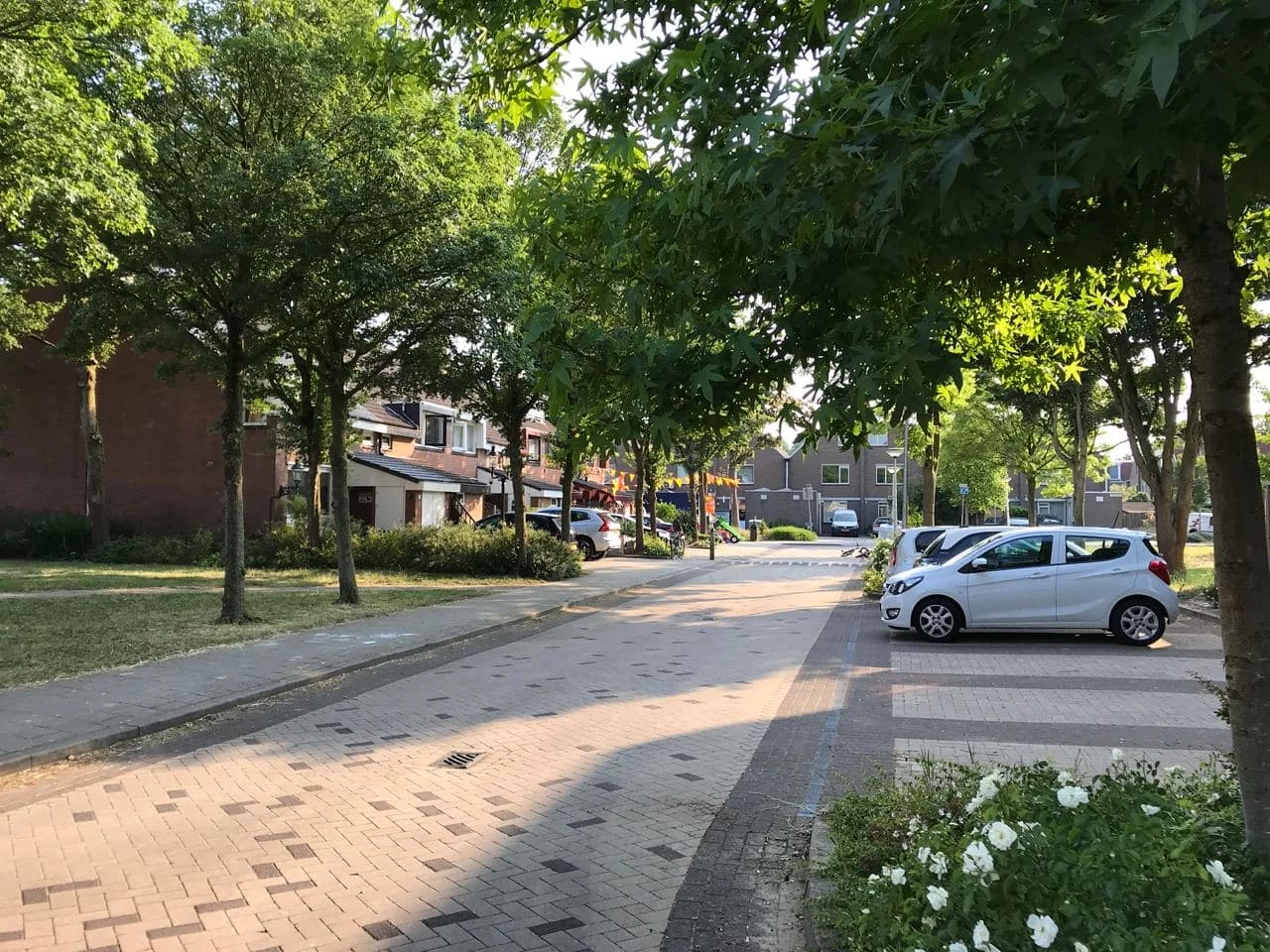
Part 5. Permanent housing, a bike instead of a KIA and the price of living in Holland
In August we moved to live in a permanent apartment. Our new housing is located in Ayburg — it is not far from the A-10 highway (very similar to our Moscow Ring Road), but still within the city boundaries. In the end, we found the apartment themselves in about a month on the local website. In general, there are two options for renting apartments here: from the owner and from a «corporation». In the second case, an apartment is offered by a developer or a large company that bought the entire building at once. It is easier to rent an apartment from a «corporation» than from an owner, because, in fact, only one thing is important for them: your income — they will ask for a lot of documents in confirmation. But they really don’t care about the rest. It was easier for us to rent from a corporation, primarily because of the dog, as private landlords are reluctant to rent out apartments to dog owners.
The cost of renting our apartment is 1500 euros per month (this includes parking, but if you do not use it, then the place can be rented out, + communal services). Utility bills are about 100 euros per month. There is also a service cost (something like our housing and exploitation services in Belarus), which is also included in the 1500 euros we pay per month.
Another interesting nuance — some apartments in Amsterdam are rented without a floor. Therefore, the first thing we did when we moved was to buy a laminate and put it all over the apartment. Interestingly, if the next tenants do not need it, we will have to take it with us. Here you can see ads like: «I am selling the floor from my old three-room apartment.» And they buy it!
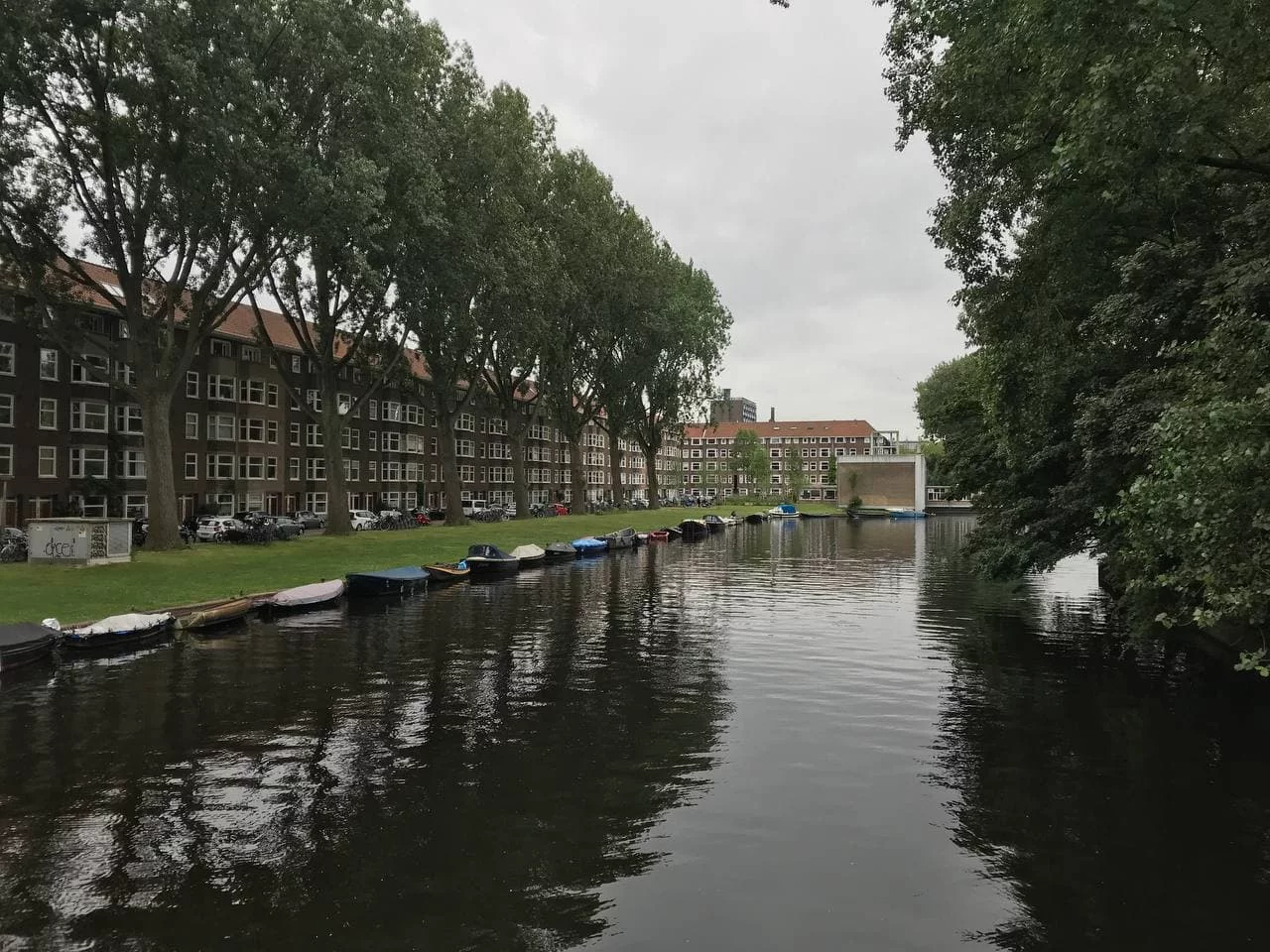
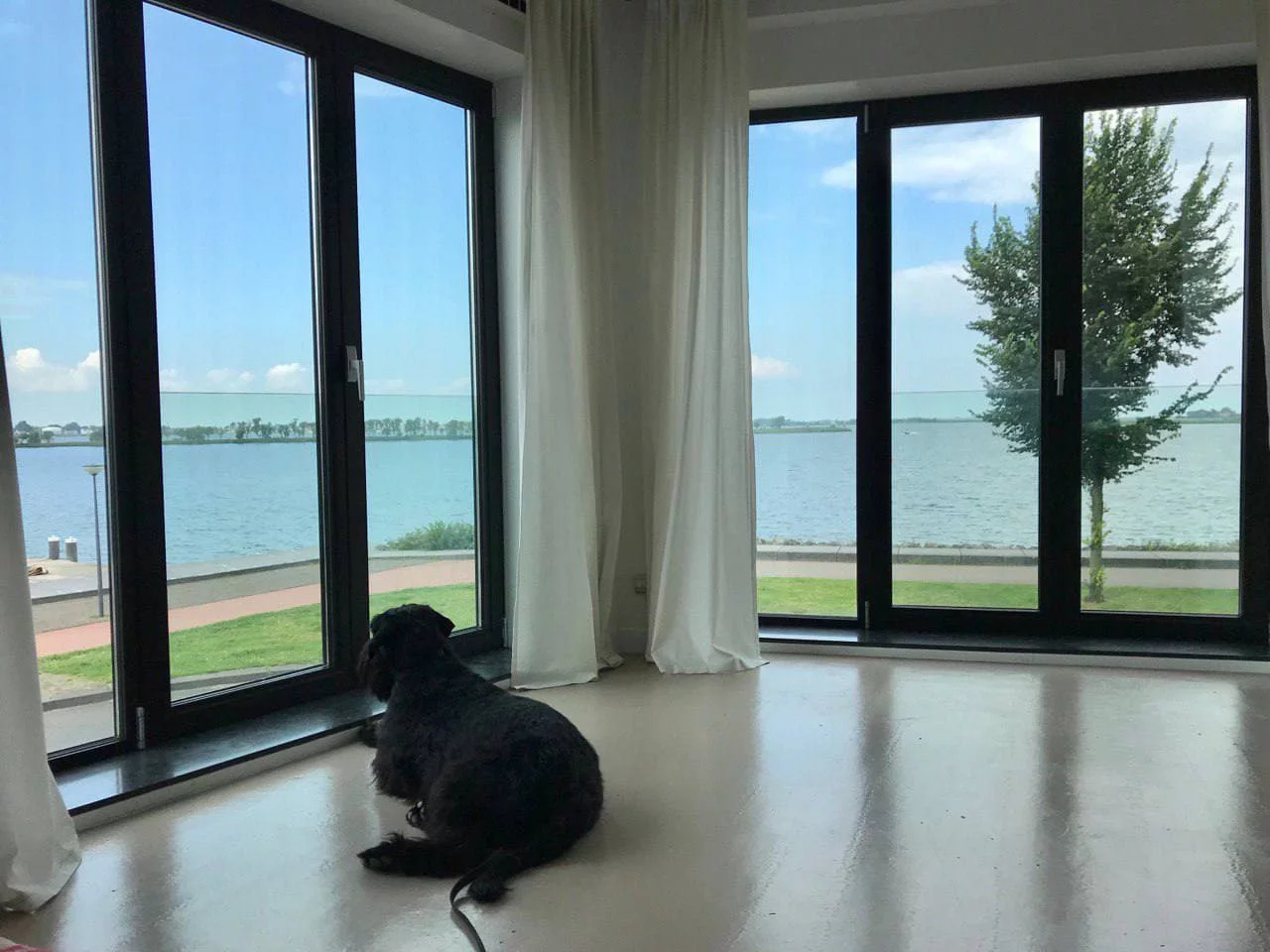
And we finally bought ourselves bikes. Finding a good cheap bike in Amsterdam is very difficult — it will be either beaten or stolen. You can find used bicycles in stores, but they look like they were taken out of the canal yesterday (maybe they were). As a result, of course, we searched the Internet. As expected, the further the seller is from Amsterdam, the better and cheaper the bike. So, for T. we bought a bicycle in excellent condition for 200 euros, but this took 4 hours by train. A few days later, we found a bike for me, even further from the capital — 5.5 hours of travel, and for 325 euros we were able to buy me a bike in perfect condition.
I must say that the attitude to bicycles here is completely different: there are very few «mountaineers», «road bikes» and other «dude» models here. Basically, everyone uses an ordinary city bike and e-bicycles, since the distances here are long. Therefore, the most important qualities for a bicycle here are convenience, the presence of a trunk (or, better than that, two), shields and a dynamo on the headlight in the front and behind. And what this two-wheeled vehicle looks like is almost unimportant. «We had a KIA car in Belarus, now we have two Gazelle bicycles.» We do not yet feel the need for a car at all.
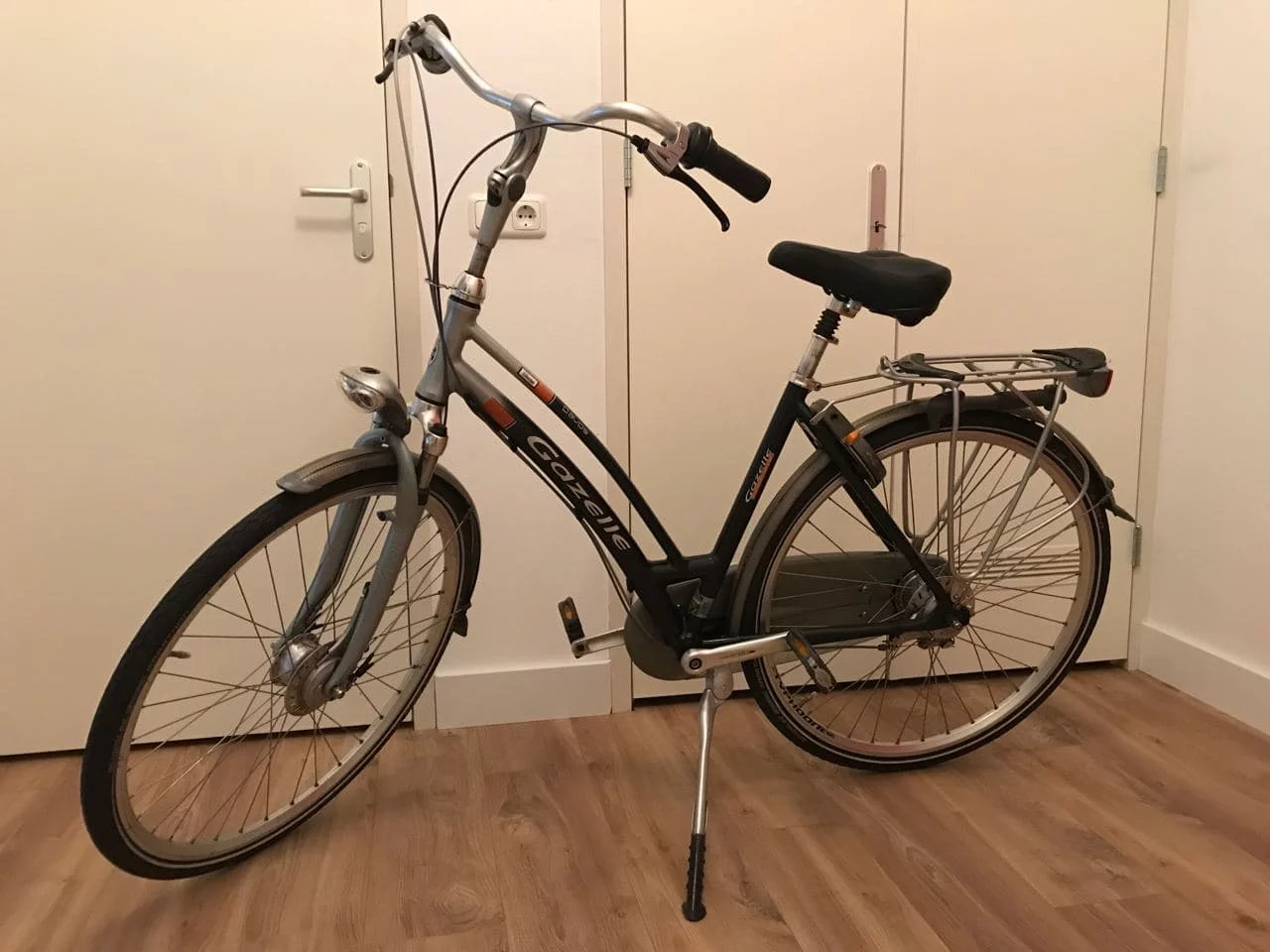

At the end of my long story, let me tell you more about prices. Food is more expensive here than in Minsk. For example, half a kilo of strawberries costs 3 euros, bread — 2 euros, milk — 1.5 euros, coffee in a coffee machine (a 15-capsule pack) costs 4-5 euros. But there are often promotions in stores, so you can buy some things for cheaper.
You can rent a bike for a month for 20 euros. It will be in good condition after having undergone maintenance. But the cost of a bicycle in general here varies from 200-300 euros to several tens of thousands of euros.
Public transport costs a few euros per day. You can buy a special pass-type card, and the fare is calculated based on the distance you have traveled. Or you can buy a one-time ticket for an hour — it costs 3 euros, and within an hour you can travel by any transport. The average bill to sit in a no-frills restaurant (a couple of glasses of beer + a hot meal) is about 50 euros for two.
For a very long time it felt like we were on vacation, although we worked all day, we didn’t go to bars or restaurants, and we only walked with the dog in the evenings. I still don’t know if we will stay to live here, but I like it.
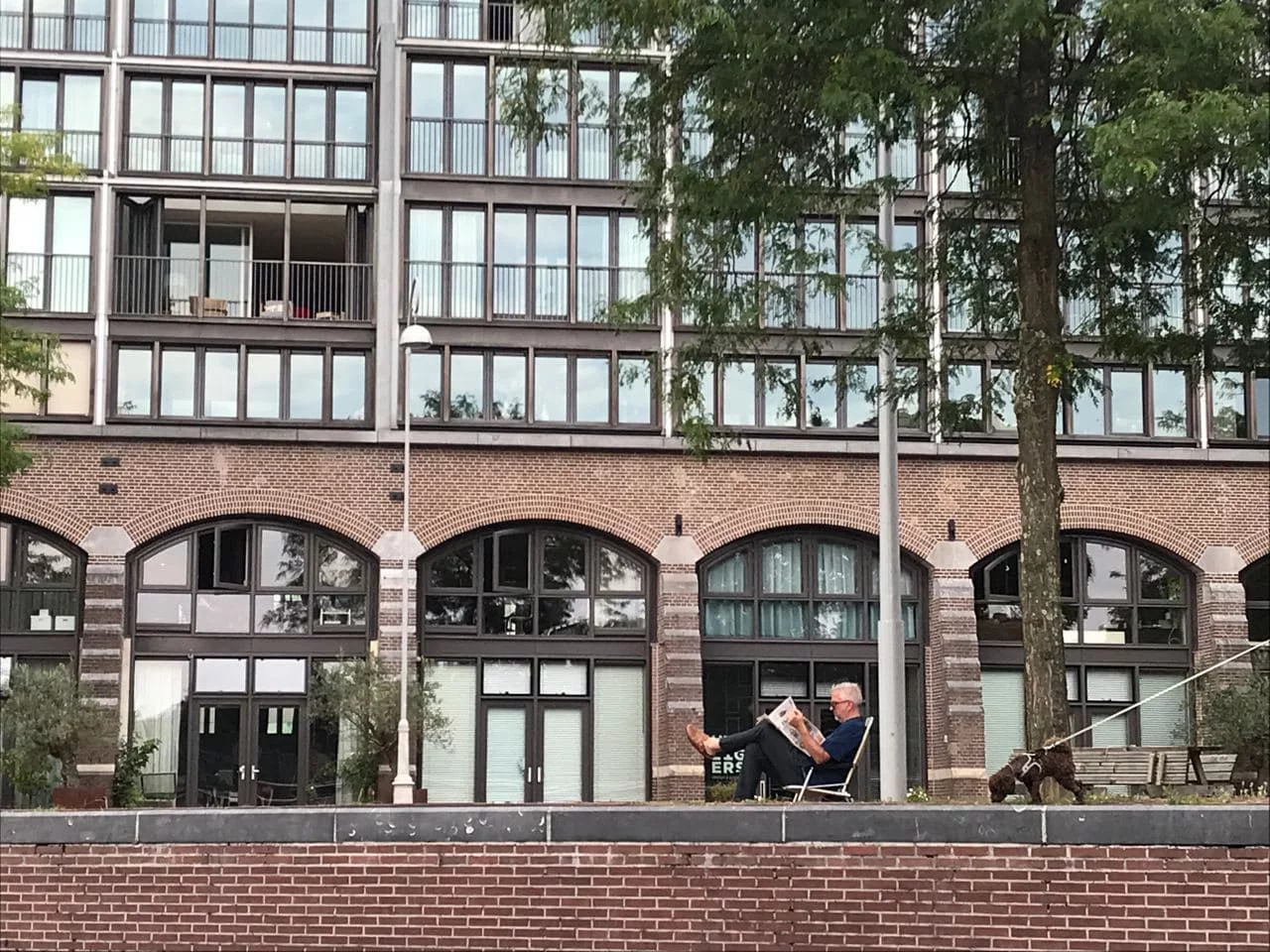
Photos provided by the protagonist of the publication.













